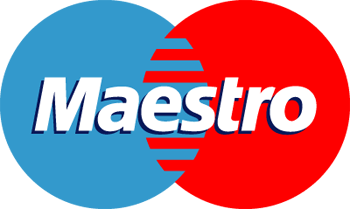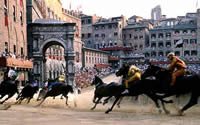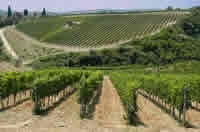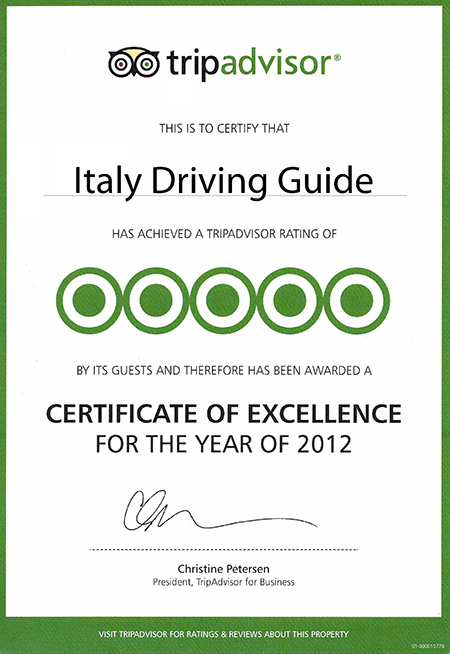 |
 |


 
|
| DAY TRIP TO SIENA and MONTALCINO |
| |
(12 Hrs from 07:00 or 08:00 A.M.) |
.jpg)

|
THIS TRIP BIGINS AND CONCLUDES IN ROME UNLESS OTHERWISE INDICATED BY OUR CLIENT. DIFFERENT RATES WILL BE APPLIED IF DAY TRIP DOESN’T START OR ENDS IN ROME CITY.
We will pick you up at your hotel or wherever you wish by our air conditioned vehicles.
Our skilled multilingual driver guides will show you the most interesting places of the city by giving you the key information from the car without coming within sites.
Qualified stores for shopping will be suggested.
Driving from Rome through Umbria and Tuscany regions we will reach SIENA in about 2:30 hrs and we’ll stop at Il Campo Square (the famous square where the Palio takes place.
Time at disposal for visits and shopping, then we'll reach Montalcino where you'll stop for lunch (price not included) in a typical restaurant.
After walking in the narrow streets, we'll drive to a local winery to taste the famous BRUNELLO and RED wines of Montalcino.
Time permitting on the way back to Rome stops at PIENZA the sheep cheese town and Montepulciano (the "NOBLE" wine town).
|
|
| OUR FLEET |
 |
 |
 |
Mercedes E Class
or equivalent up to 3 pax |
Mercedes Vito/Viano
or equivalent up to 5 pax |
Mercedes Sprinter
or equivalent up to 8 pax |
| 520 € |
570 € |
640 € |
Price includes driver guide for whole tour and does not include gratuities
Accepted payments: U.S. Dollars,Euro, Traveller's cheques.
Prices include driver guide for whole tour |
|
|
| SIENA |
.jpg)
|
Siena, like other Tuscan hill towns, was first settled in the time of the Etruscans (c.900 BC to 400 BC) when it was inhabited by a tribe called the Saina. The Etruscans were an advanced people who changed the face of central Italy through their use of irrigation to reclaim previously unfarmable land, and their custom of building their settlements in well-defended hill-forts. Then, at the time of the Emperor Augustus, a Roman town called Saena Julia was founded in the site.The first document mentioning it dates from 70 AD. Some archaeologists assert it was controlled for a period by a Gaulish tribe called the Saenones.
Piazza del Campo is the principal public space of Siena, Tuscany, Italy and is one of Europe's greatest medieval squares. Around the piazza are ranged the Palazzo Pubblico, with its Torre del Mangia and various palazzi signorili.
The open site was a marketplace established before the thirteenth century on a sloping site near the meeting point of the three hillside communities that coalesced to form Siena: the Castellare, the San Martino and the Camollia. Siena may have had earlier Etruscan settlements, but it was not a considerable Roman settlement, and the campo does not lie on the site of a Roman forum, as is sometimes suggested.
It was paved in 1349 in fishbone-patterned red brick with nine lines of travertine radiating from the mouth of the gavinone (the central water drain) in front of the Palazzo Pubblico.
The number of divisions are held to be symbolic of the rule of The Nine (Noveschi) who laid out the campo and governed Siena at the height of its mediaeval splendour between 1292-1355. It was and remains the focal point of public life in the City. From the piazza, eleven narrow shaded streets radiate into the city. |
| MONTALCINO |

|
Montalcino is a hilltown and comune in Tuscany, Italy. It is famous for its Brunello di Montalcino wine.
The hill upon which Montalcino sits has been settled probably since Etruscan times. Its first mention in historical documents in 814 AD suggests there was a church here in the 9th century, most likely built by monks who were associated with the nearby Abbey of Sant'Antimo. The population grew suddenly in the middle of the tenth century when people fleeing the nearby town of Roselle took up residence in the town.
The town takes its name from a variety of oak tree that once covered the terrain. The very high site of the town offers stunning views over the Asso, Ombrone and Arbia valleys of Tuscany, dotted with silvery olive orchards, vineyards, fields and villages. The lower slopes of the Montalcino hill itself are dominated by highly productive vines and olive orchards.
During medieval times the city was known for its tanneries and for the shoes and other leather goods that were made from the high quality leathers that were produced there. As time went by, many medieval hill towns, including Montalcino, went into serious economic decline.
Brunello di Montalcino (brew NEL lo de mon tal CHEE no) is a red Italian wine produced in the vineyards surrounding the town of Montalcino located about 70 miles (110 km) southwest of Florence in the Tuscany wine region. Brunello, roughly translated as "nice dark one" in the local dialect, is the unofficial name of the clone of Sangiovese (also known as Sangiovese Grosso) grown in the Montalcino region. In 1980, the Brunello di Montalcino was awarded the first Denominazione di Origine Controllata e Garantita (DOCG) designation and today is one of the Italy's best-known and most expensive wines.
|
| |
|
|
 |
 |


![]()
![]()
![]()
.jpg)




.jpg)
